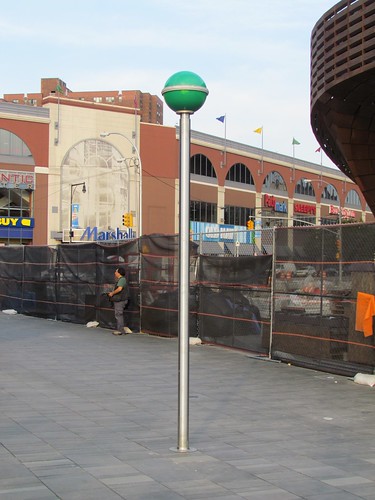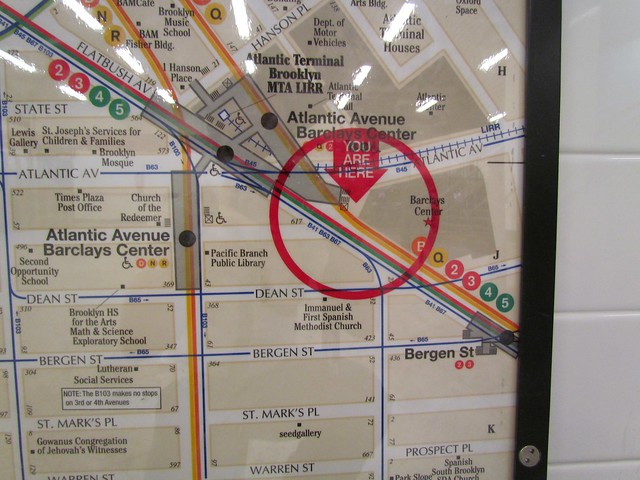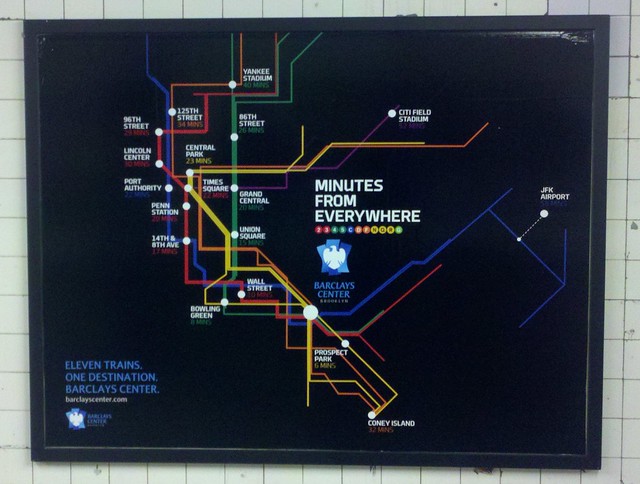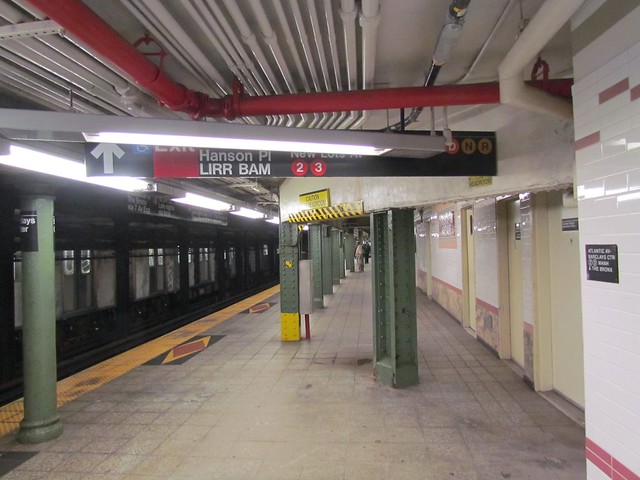With dreams of providing a one-seat ride from Lower Manhattan to Newark Airport, the Port Authority announced last week that it would study the feasibility of extending PATH train from its current terminus at Newark’s Penn Station to the nearby Liberty International Airport. The study will lead to updated cost estimates, ridership figures and construction timeframes.
“Mass transit options to our airports are essential to the future growth and economic vitality of our region,” Port Authority Chairman David Samson said in a statement. “We need another mass-transit link to Newark Liberty International Airport, which served nearly 34 million passengers last year, so this initiative is of utmost importance. We will move quickly to make it a reality.”
Off-the-cuff, the Port Authority estimates that such a project would include “more than $600 million in design and construction activity over the project’s life, while adding permanent jobs for the link’s operation.” Meanwhile, airport-bound travelers from Lower Manhattan and Brooklyn as well as other parts of New Jersey could have streamlined routes to the airport. A PATH extension and the Newark airport parking lots could also serve as a park-and-ride option for New Jersey commuters heading into Manhattan.
It’s unclear when such a study would be complete, how such an extension would be funded or when we can expect all of this. Still, it’s a worthwhile PATH extension that would have a major impact on the Newark Airport. I’ll follow along when and if this plan moves forward.





















